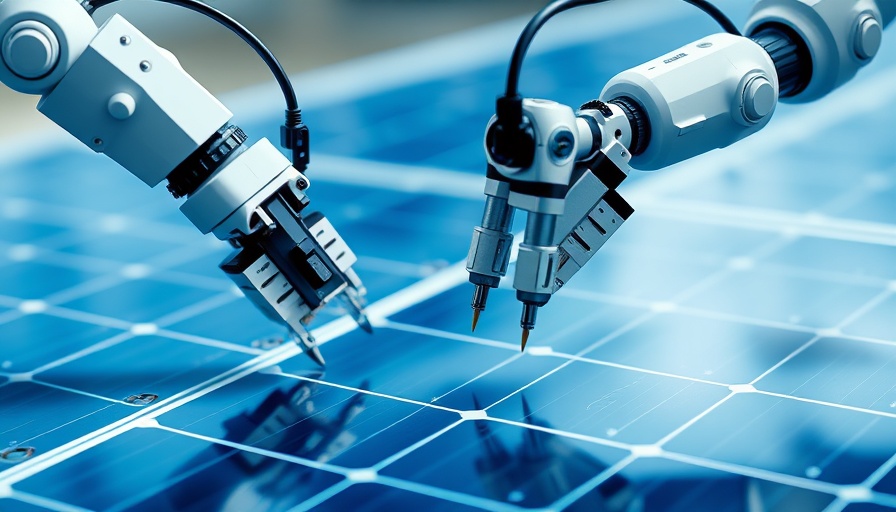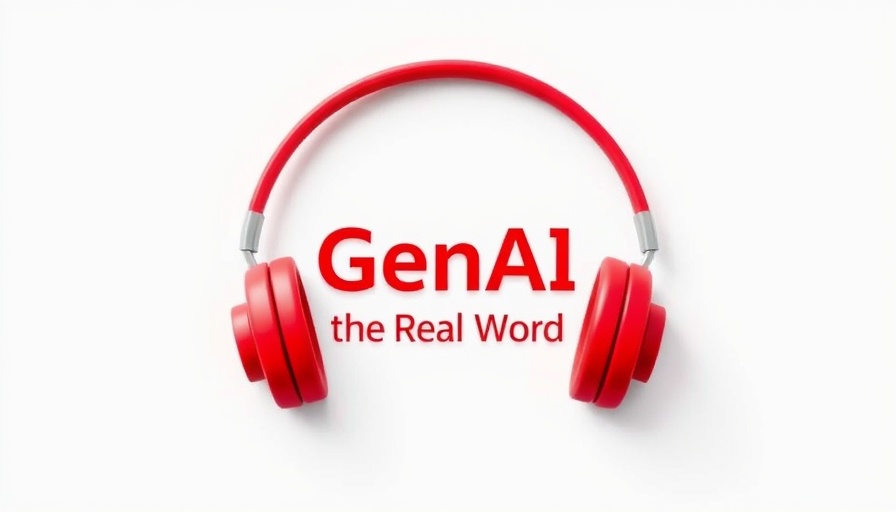
Pioneering Robotics in Material Science
A new robotic probe developed at MIT is quickly making waves in the field of material science. This innovative system is specifically designed to measure critical properties of semiconductors, a significant leap that could enhance the development of solar panel technology. With rising demands for renewable energy solutions, advancements like these are crucial for creating more efficient and powerful solar devices.
Streamlining Solar Development
The robotic probe operates with speed and accuracy, providing scientists with real-time data that can drastically reduce time spent on experimental processes. Traditional methods of measuring semiconductor properties can take days or even weeks, but this technology could see results within a matter of hours. Such efficiency not only speeds up research cycles but also means that breakthroughs in solar technology could come much faster, aligning with global calls for more sustainable energy solutions.
Potential Impacts on Future Technologies
While the focus is currently on semiconductors, the implications of this robotic technology extend beyond solar panels. Researchers are optimistic that the system could contribute to advances in a variety of fields, including electronics and energy storage solutions. By streamlining material analysis, the probe could pave the way for next-generation devices that are both powerful and environmentally friendly.
Looking Ahead: The Future of Material Science
As the world shifts towards greener technologies, the role of robotics in material science will undoubtedly continue to evolve. Innovations like the MIT robotic probe serve as a reminder of how technology and sustainability can go hand in hand, creating new pathways for researchers and industries alike. This ongoing trend in automation will likely transform not only how materials are analyzed but also how new applications are developed in the renewable energy sector.
 Add Row
Add Row  Add Element
Add Element 



Write A Comment